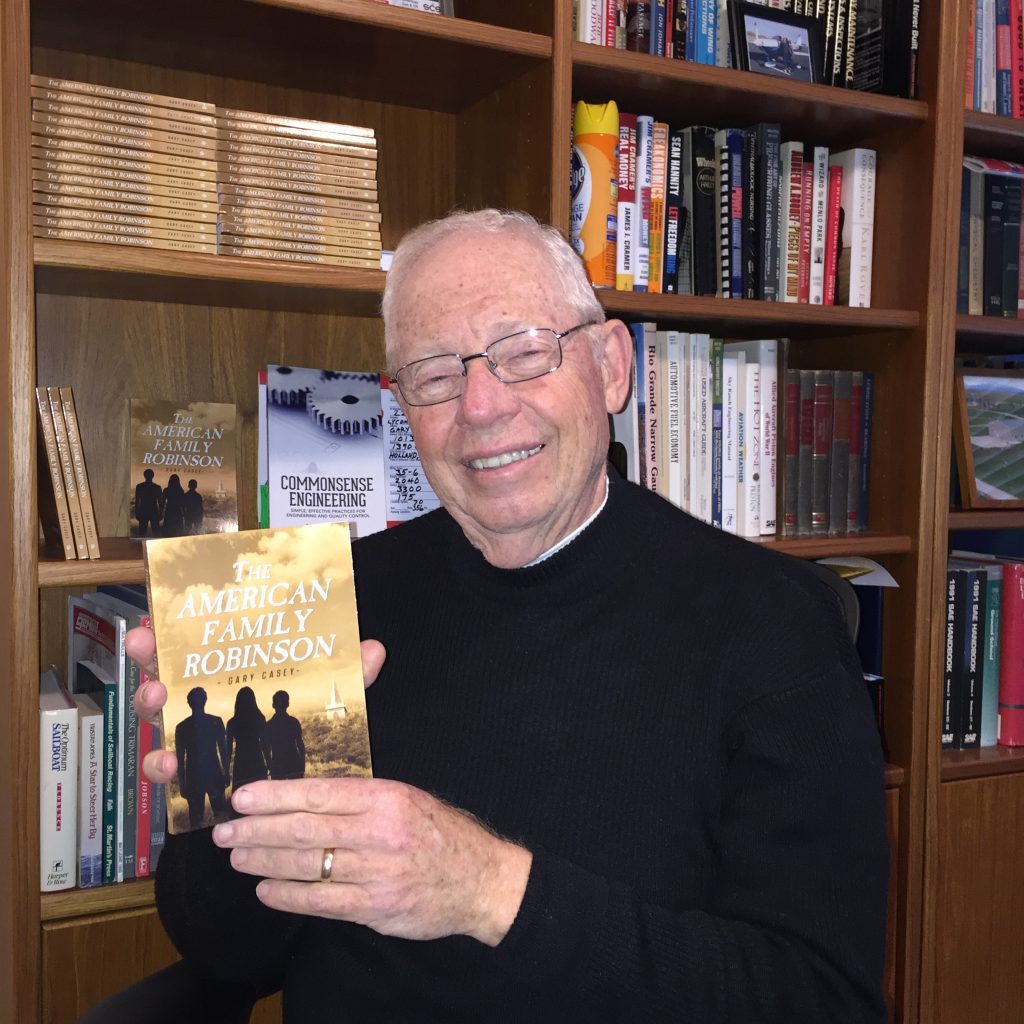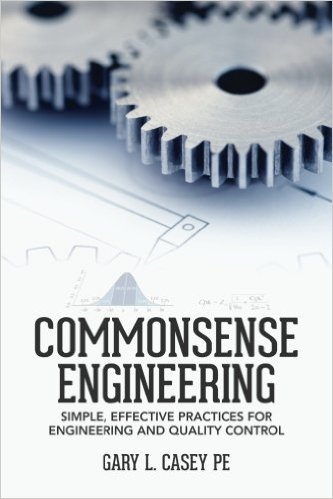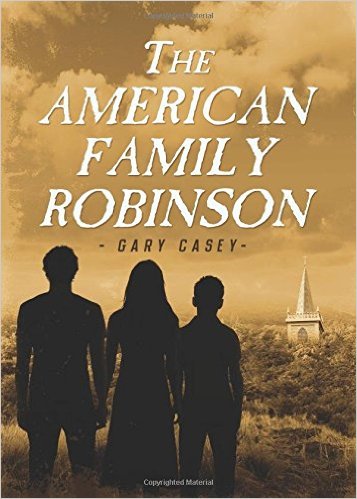
Even though he studied and pursued a career in mechanical engineering, one Iowa State alum said that his alma mater was also the place that sparked his interest in writing.
Gary Casey (BSME ‘66) grew up on a 160-acre farm near the northwest Iowa town of Peterson. He developed an interest in mechanical engineering at an early age, disassembling and reassembling lawnmower engines and being, according to him, “the official family bike repairman” at the age of 10.
Not only did Casey like working with his hands but he also enjoyed reading and learning about why things work the way they do. Around the age of 12 he remembers reading old mechanical engineering textbooks, which were his uncle’s when he attended ISU and studied mechanical engineering. Casey also remembers reading the World Book Encyclopedia and said that the “A” volume was his favorite because it included Aircraft and Automobile.
Toward the end of high school Casey began developing interests in other engineering fields from architectural to aerospace to civil. He wanted to work on airplanes but decided to study mechanical after doing some research and discovering that many of people who work for airplane companies actually have backgrounds in mechanical engineering.
One of Casey’s memories from his time on campus was his thermodynamics course. He said he failed the course the first time and was forced to retake it, acing the class the second time around.
“It’s not how much you know, it’s what you need to know,” said Casey. “I got to a point where I understood tests. The idea was to get into the head of the instructor to find out what he was asking for and do that.”
It was at Iowa State that he also first became interested in writing.
“I remember taking a course when I was in engineering school about presentations,” he said. “I still remember some of the ideas about how to create a presentation and make it fit what the [audience] wants. The whole idea was to figure who your reader or watcher is and where they come from, and figure where you want them to be at the end and how to lead them to where you want them to be. That’s also kind of how you write a book.”
Casey used these communication skills throughout his professional career. With 37 patents to his name, Casey has been averaging roughly one patent for each year since he’s entered the workforce. Since retiring and working independently he has been granted two patents and is currently pursuing a third for a stovetop popcorn popper.

Casey gained some teaching experience as an instructor at Wayne State University in Detroit where he served as an industry representative and taught a senior-level design course. He said colleagues suggested he write a book based on the things he taught people throughout his career so he took that to heart and in 2013 published his first book, Commonsense Engineering.
“It was a mishmash of subjects that I worked on over the years and it was sort of a short, irreverent book about what technology can do, and what it doesn’t do, and what’s a waste of money. Just a whole bunch of short subjects,” he said.
After publishing the book, he gave topic-specific presentations for a few engineering companies and other “practicing professionals.”
However, for his next writing endeavor Casey deviated from the non-fiction, informative style of writing in Commonsense Engineering. Casey published his first novel, The American Family Robinson, in June 2016. Despite the different genres of these two books, Casey said his writing style was similar in both.
“I tried to make it half written style and half conversational. You don’t want to make it all conversational because that doesn’t read well as a book but I also didn’t want it to read like a textbook,” he said. “The writing style [between the two books] was not much different.”
Casey first started writing the novel as a way to pass time while frequently traveling for work. After writing a few thousand words his wife Sarah read it and encouraged him to finish.
Even though his granddaughter is the inspiration for the book’s main character, Rose, Casey decided to make the setting roughly a century before she was born.
“I made it far enough away in time [early 20th century] that I could make observations without sounding too critical,” he said. “In modern times there’d be more focus on scandals and hyperbole and everything that goes on nowadays so I thought a simpler time would be easier to write.”

The book follows Rose and her two brothers who were orphaned at an early age and who find that they must stick together to get through the tough times.
“The core of the book is how in my opinion the glue that has held civilization together for thousands of years is really the core family unit. The book is really about how these three kids tried to keep their family together in difficult times,” said Casey.
Another thing Casey focused on while writing the book was being as factually accurate as possible.
“My pet peeve in all books and movies is to see something they could have gotten right but screwed up because they didn’t do just five minutes of research to make it accurate,” he said.
One example of this factual accuracy came during a part in the book when Rose rides in a Ford Model-T car. Casey writes that Rose struggles to find the door handle to get into the car, not realizing that the handle is actually on the inside of the car, which is how that model of Model-T was actually designed.
Another example Casey pointed to was that he was accurate during a scene in a science classroom where the students learn about ice density. In addition to being accurate, Casey felt that these were things that a young character might observe anyway, which worked for the book since it was written from Rose’s perspective.
Though he’s an engineer by trade, Casey said he thinks it’s critical for engineers to be able to write and communicate effectively. He said that nowadays engineers need to be both the engineer and the salesperson.
“You’re not necessarily selling to a customer but you’re selling to your boss, you’re always selling,” he said. “Too many people try to sell themselves. That’s not what you’re trying to do. You’re trying to sell the idea, not yourself.”
He added that he thinks it would be good to teach effective writing and communication skills and strategies as part of the engineering curriculum.
“The whole idea of strong writing and communication skills is critical for an engineer.”
Commonsense Engineering and The American Family Robinson are both available on Amazon.